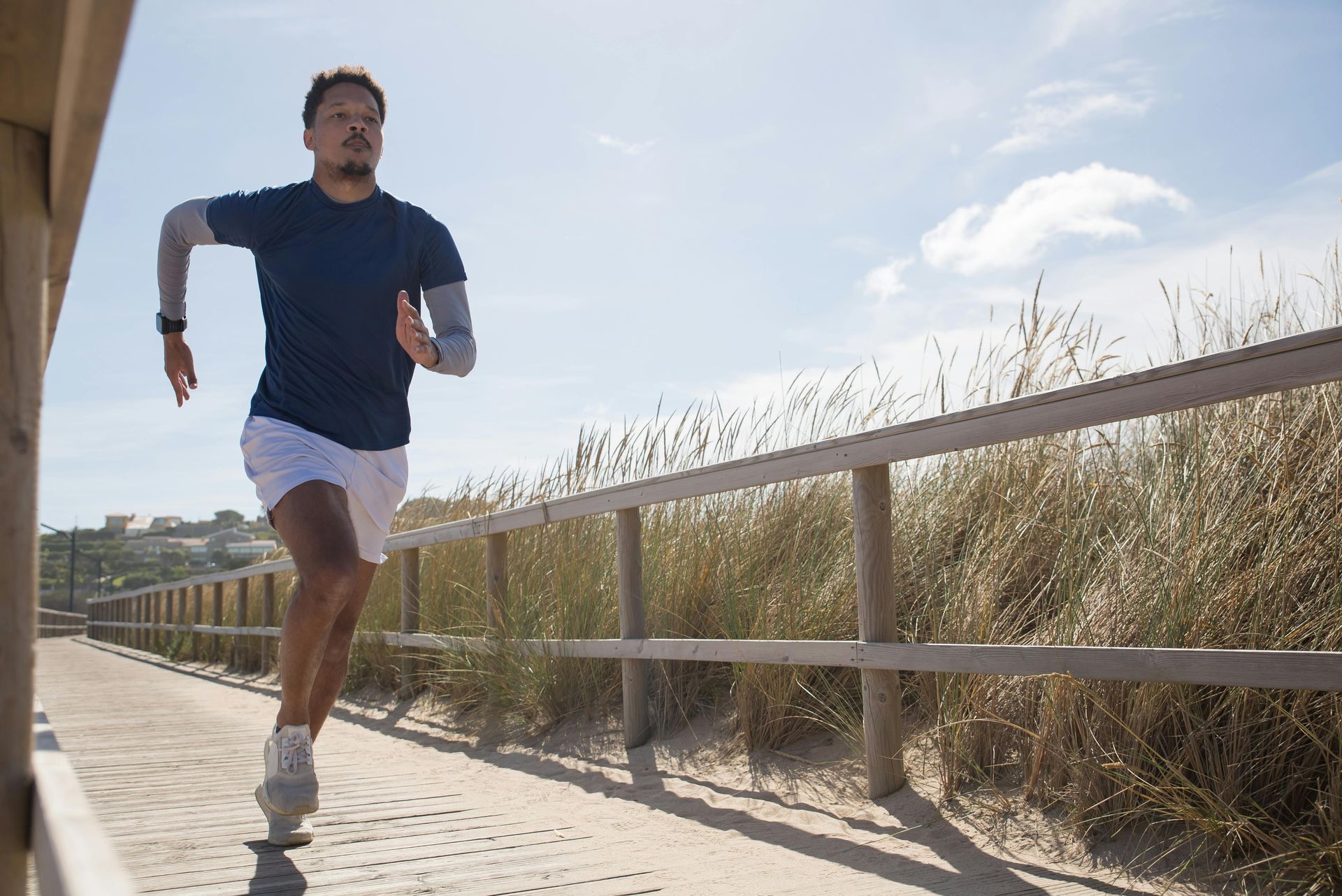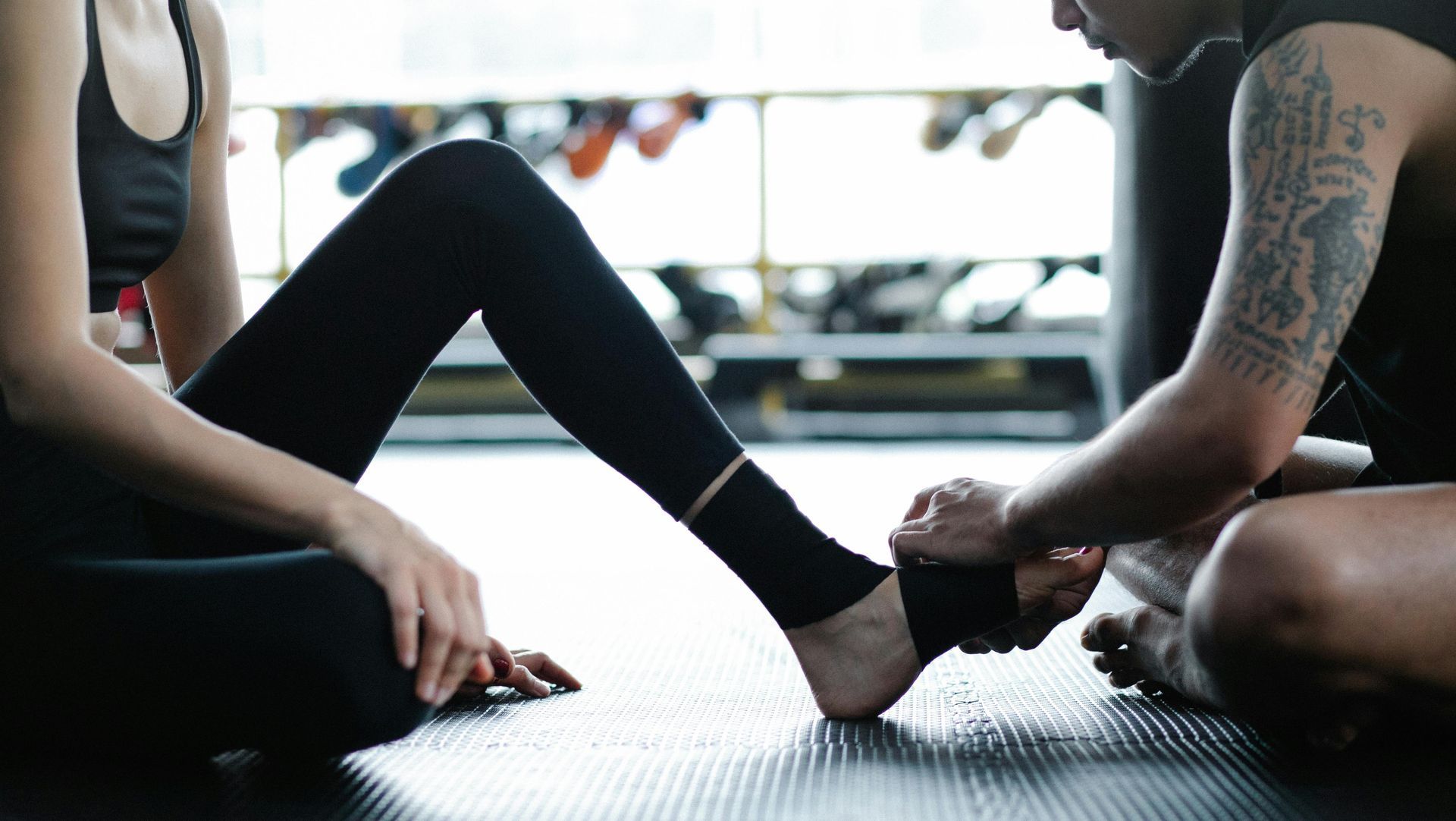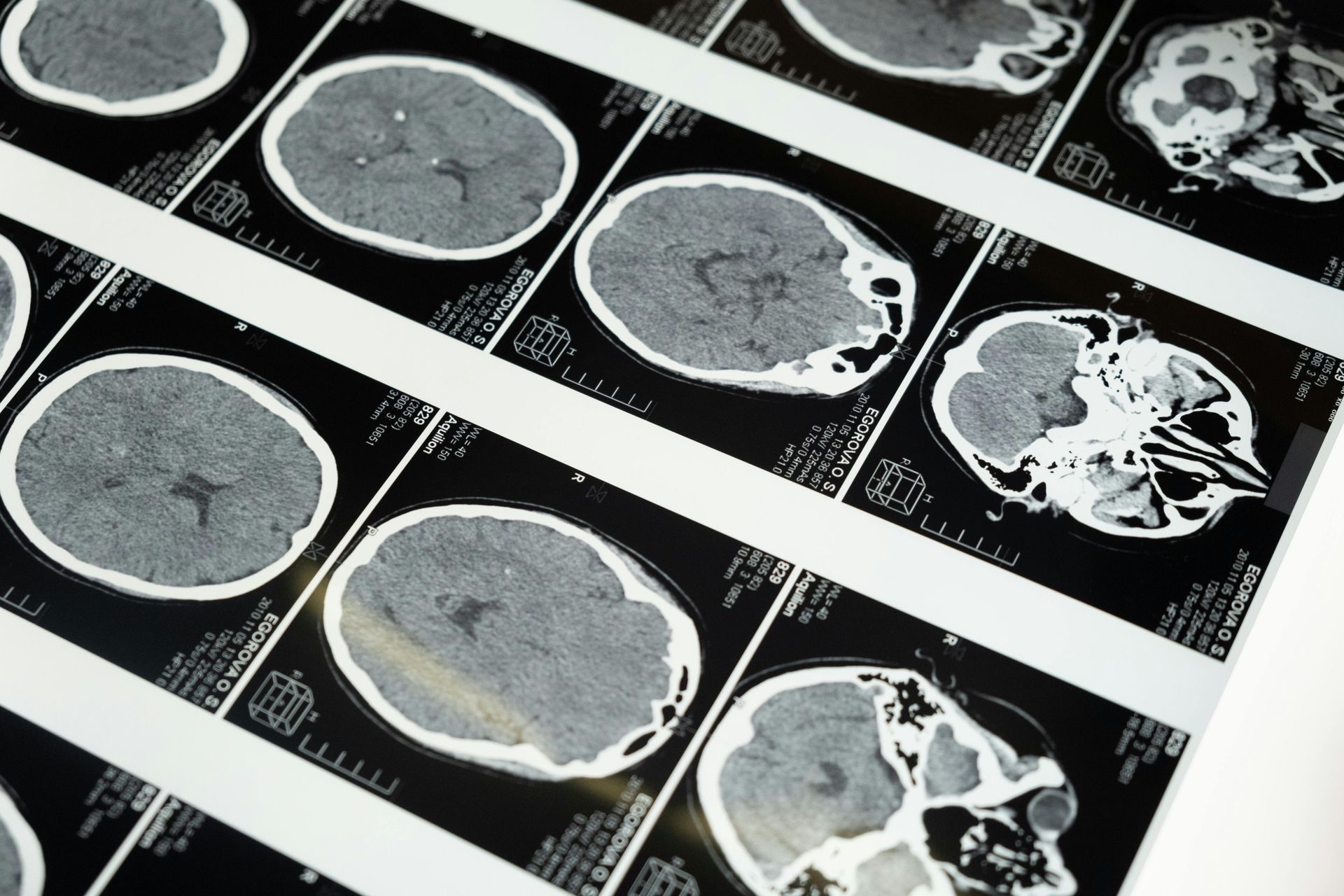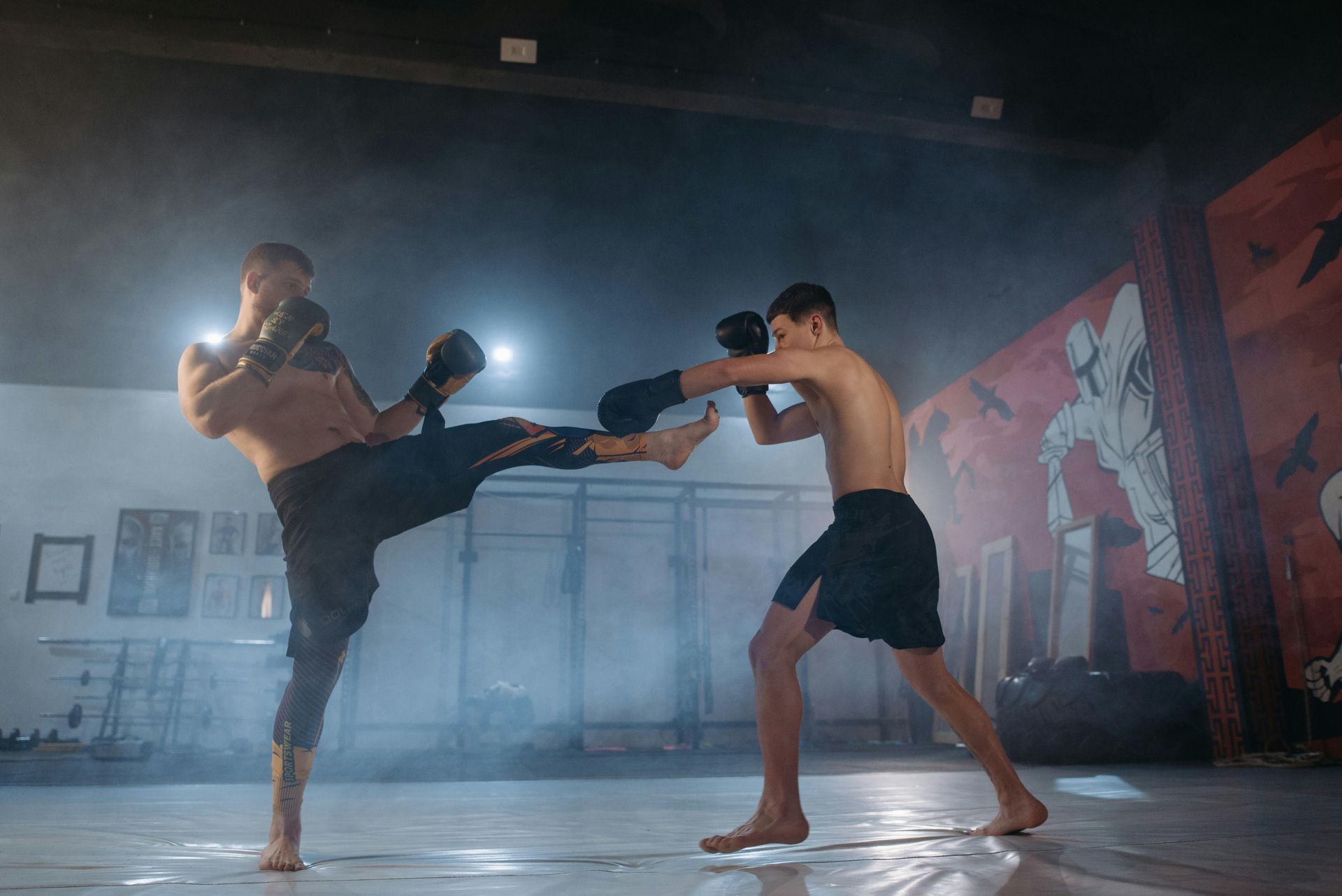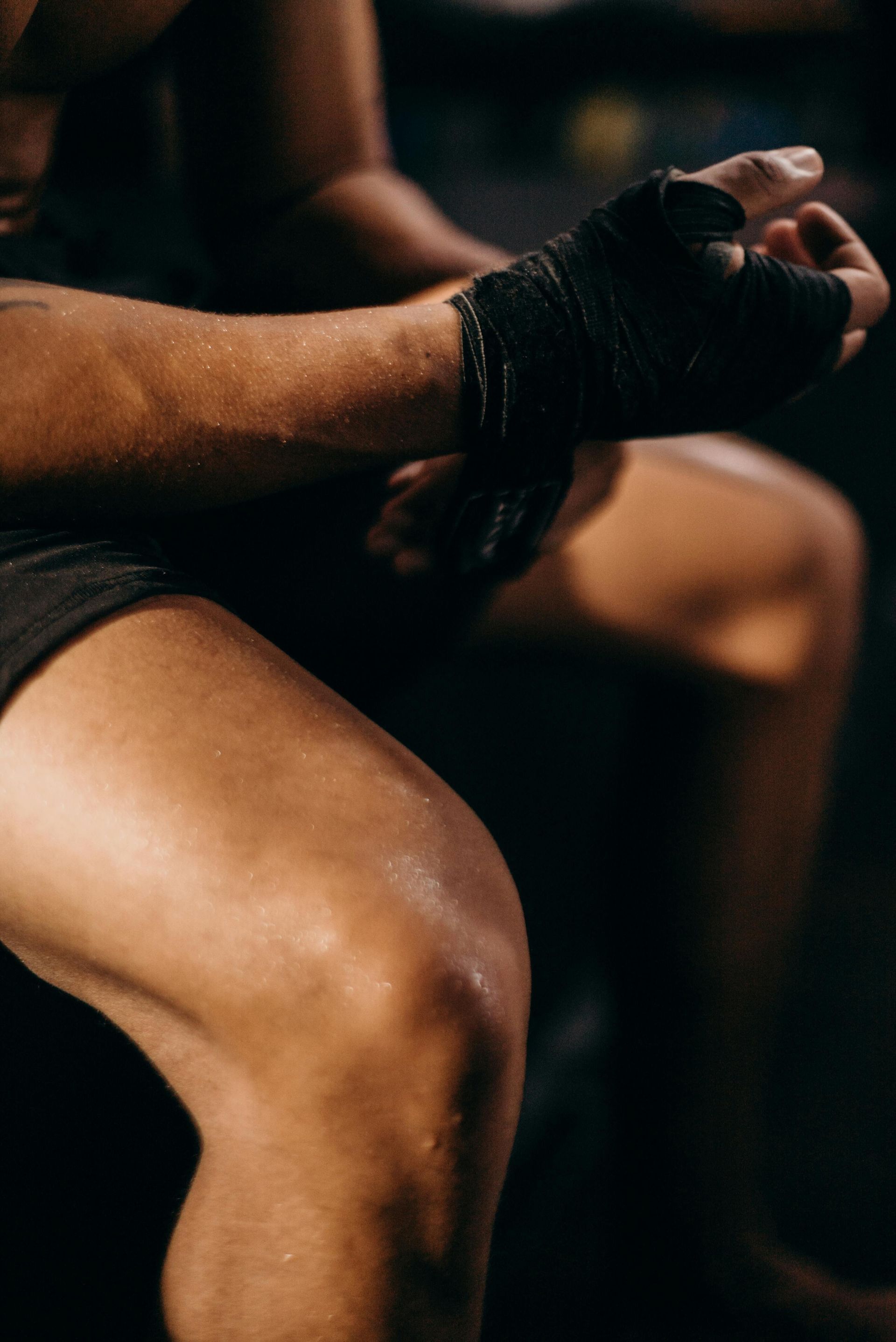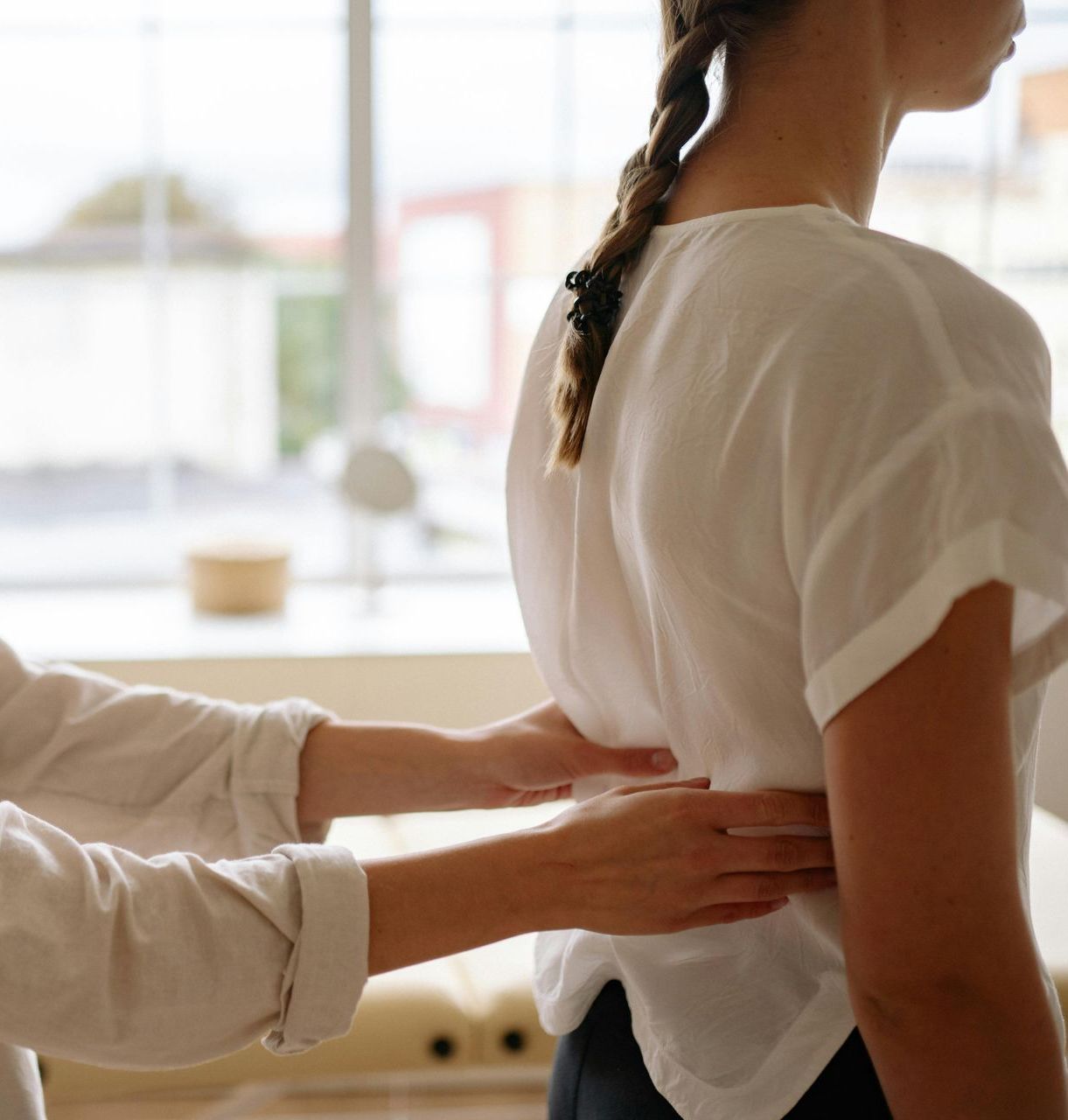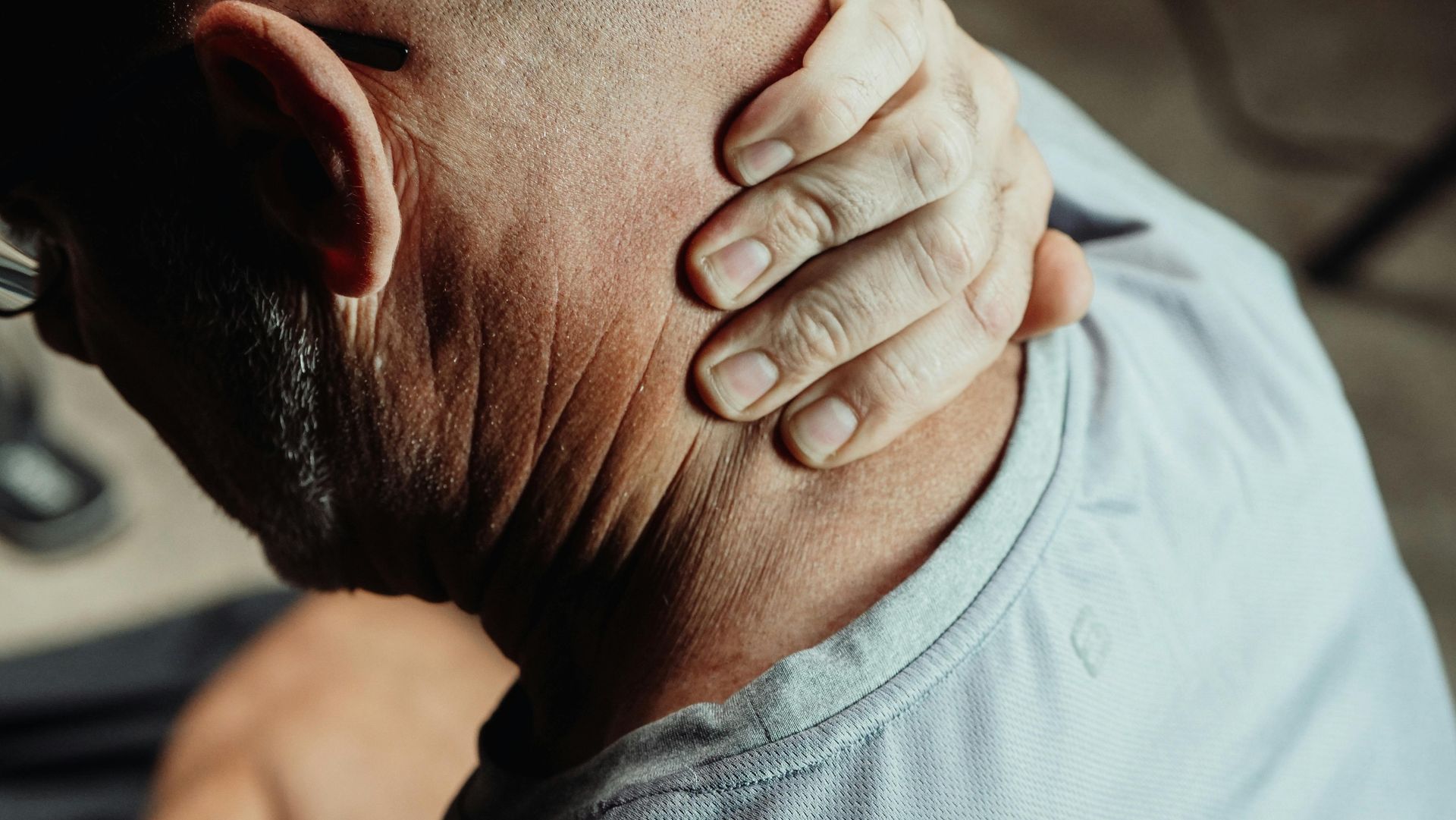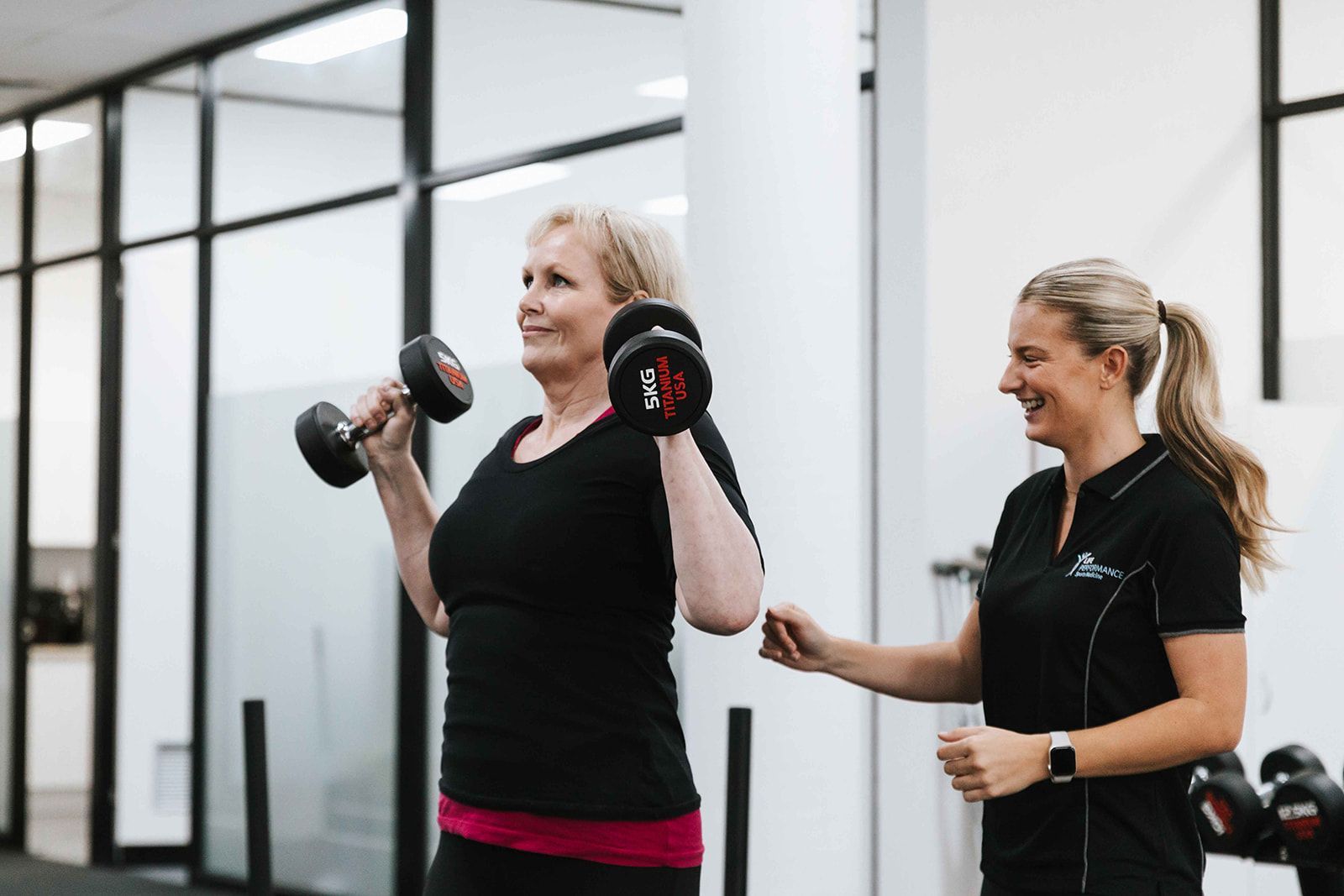Back pain - Start with your Why?
World expert on leadership and inspirational speaker, Simon Sinek:
“We imagine a world in which the vast majority of people wake up every day inspired, feel safe wherever they are and end the day fulfilled by the work they do"
It is estimated that..................
In order to achieve this inspired & productive state of mind on a daily basis, its fundamental that we are physically able.
For most of us that have experienced low back pain over an extended period we are accustomed to the process:
You Seek out treatment to settle the pain
Massage, pushing, prodding and a heat pack
Complete some exercises with uncertainty
& hopefully things settle and life can move forward……….
But since all humans aren’t created equal, and we have variable aspirations and requirements demanded to us by LIFE, this ‘quick fix’ mindset only scrapes the surface of solving the issue of long term back pain.
We need to dig a bit deeper!
Whilst there are multiple factors that can contribute to persistent back pain, we must begin to understand your individual injury experience.
Are there activities that you can’t do that hold meaning in your life?
Running around at the park with the kids?
Working to support your family?
Caring for an ageing parent?
Are you stressed and anxious that you cant do these things?
Do you find your internal dialogue is centring around fear & anxiety
"Will I ever get better?"
"If its this bad now, it will only get worse"
"My Uncle had the same issue and he ended up with surgery"
Rehabilitation starts with addressing Your Why!
An inherent understanding of the Why behind certain exercises & strategies at certain stages of rehab, will provide clarity and focus on the BIG PICTURE
This results in increased Motivation and Adherence to your rehab program!
It is the combination of these ingredients that leads to a successful outcome – Getting you back to a full pain free lifestyle!
And consistent with our core values at Errol Street Physiotherapy we strive for excellence in all of our patient outcomes.
